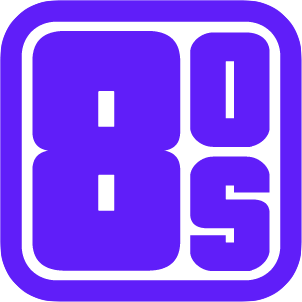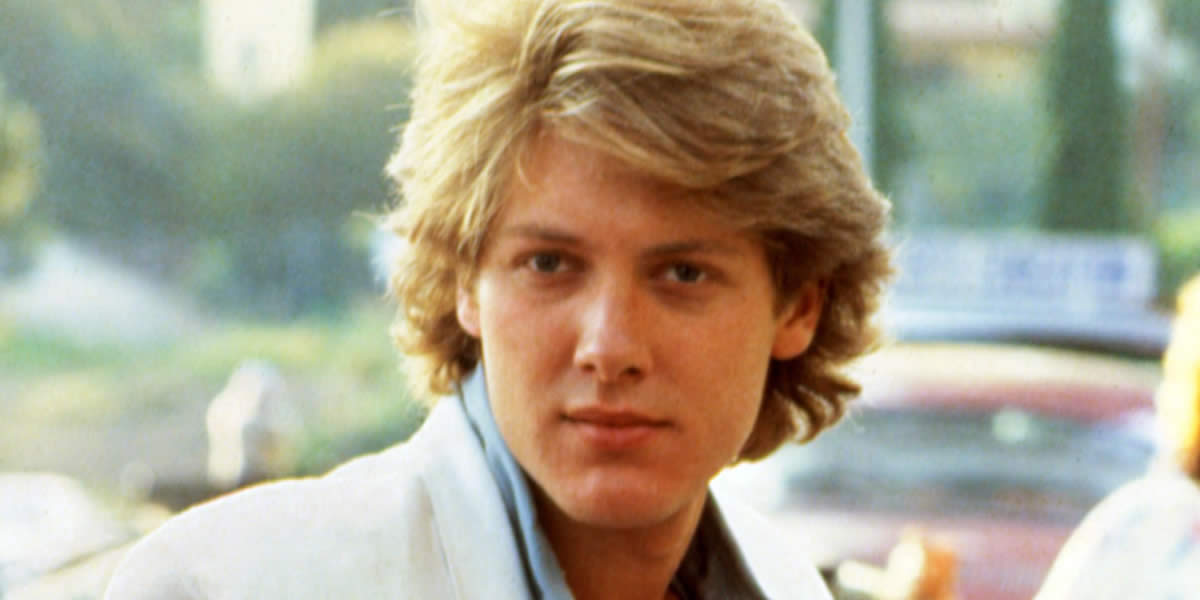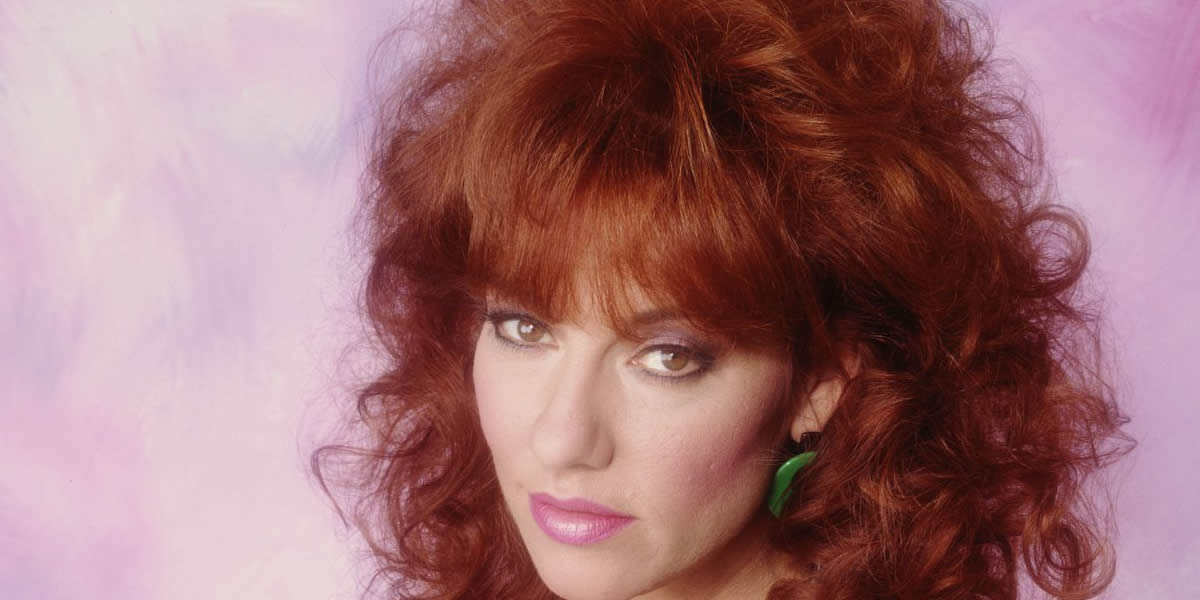In a decade full of bold statements and unique trends, the flat top made a grand appearance early on, and quickly became a defining hairstyle in the 80s.
The 80s were full of unique trends and bold statements, and the flat top was no exception. It was distinguished by its sharp angles, high, flat crown, and, distinct patterns shaved into the sides. It quickly picked up momentum at the early onset of the 80s and proved to be a cultural phenomenon. The flat top symbolized confidence and individuality. And, its geometric precision captured the experimental spirit of the 80s. The flattop ended up resonating across multiple communities and industries from music and film to sports and fashion. No other hairstyle defined the generation quite like the flat top.
The Flat Top Hairstyle in the 80s During a period when there were many cultural, social, and economic changes, the flat top rose to prominence. The nation had been stuck in a stagnant economy for decades, and during the 80s, that economy stabilized. There was a growing middle-class, and an increased availability of disposable income. It was within this backdrop that the hip-hop culture , punk rock culture, and new wave movements began to grow with leaps and bounds.
The flat top was tied to the urban street culture and emerged as a symbol of the growing hip-hop movement. Off the back, you had big-name artists like Grandmaster Flash as well as the Sugarhill Gang who sported laptops in the late 70s and early 80s. Patriotism was on everyone’s mind with the Cold War still looming across the pond. This military-inspired precision helped flat tops to be pushed into the mainstream.
How the Flat Top Became a Hairstyle in the 80s To truly understand how flat tops became a hairstyle in the 80s, we need to take a closer look at the sharp and angular design, the many different variations, and the influence of media.
A Sharp and Angular Hairstyle in the 80s Perhaps one of the most defining features of the flat top is the sharp and angular crown. While many other 80s hairstyles focused on volume and chaos, the flat top demanded precision. In order to achieve this look, a barber needed to create a perfectly level surface using rulers and their clippers. It was no easy task, and maintaining the style after one leaves the barbershop was just as difficult.
The clean lines and symmetry of the flat top made it a masterpiece in hairstyling. And, it was appealing to anyone who wanted to stand out while still maintaining a very polished appearance. The flat top quickly became popular with athletes, especially basketball players.
Hairstyle in the 80s Variations There were many different variations to the flat top which allowed individuals to personalize how they looked and made it more accessible to different communities around the country.
The High Top Fade: this was one of the most popular variations of the high top as it was popularized well within the hip-hop community. The fade involved a taller crown with clean shaved sides. It was the iconic look for artists like Kid ’n Play and even groups like Salt-N-Pepa.
The Flat Top with Designs: the style could be enhanced with intricate designs shaved into the sides. They often featured geometric shapes or personalized symbols. Basketball players were known to shave their jersey numbers into the back of their heads.
The Blended Flat Top: a softer and more mainstream version of the flat tops available during the late 80s. Although the sharp high-top was popular within the hip-hop and urban scene, it was not as popular in the suburbs. Instead, during the late 80s a variation of the style emerged, featuring slightly rounded edges and a more gradual fade. This helped the flat top to bridge the gap between the counterculture and the mainstream.
Hairstyle in the 80s and the Influence of Media Of course, the flat top would not have become so popular if it weren’t for MTV. The rise of the flat top coincided with that of Music Television. The channel which had been launched in 1981, was known for broadcasting nothing but music videos. These videos featured artists who were known for supporting the hairstyle. And, millions of viewers around the country watched the movement explode.
But, the rise of the flat top was also a result of the film industry. During the 80s, Spike Lee introduced a number of excellent movies that helped to bring more African-American artists to the big screen. And, in films like Do the Right Thing, the flattop was a central element. Then there were also videogame characters like Guile from Street Fighter II who helped to cement the hairstyle into pop culture.
The People Who Made Flat Tops a Hairstyle in the 80s Without question, the flattop owns most of its success to hip-hop artists like Kid ’n Play and Big Daddy Kane. These artists showcased high-top fades both on and off the stage. And, they helped to cement the hairstyle as a symbol of creativity and cultural identity. Even in his early years, Will Smith as the Fresh Prince of Bel Air helped to popularize the style, especially with younger audiences.
Then there were top-level athletes and NBA stars like Patrick Ewing and Chris Mullin. Both stars adopted the flattop as part of their individual personas. And, they help to associate the design with prowess and style. These icons managed to turn the flattop into something more than just another hairstyle, they created an iconic and enduring symbol of success, coolness, and individuality.
The Legacy of the Flat Top Of course, the flattop was more than just a passing trend. Although the style started on the East Coast back in the late 70s, it continued to be popular well into the 90s. It was a cultural milestone that symbolized self-expression and artistic innovation throughout the 80s. And, its influence on the hip-hop culture was profound. It reinforced the theme of pride, creativity, and rebellion, within the culture. And it managed to bridge cultural gaps to resonate with a diverse community of people around the country. While the popularity of the flat top waned in the 90s, it made a huge resurgence in the 2010s.
Conclusion In the end, the flattop was a defining hairstyle in the 80s. It managed to embody the decade’s spirit of individuality, innovation, and boundary-pushing creativity. Although rooted in precision and elevated by the ever-expanding cultural movements of the decade, it quickly became a visual symbol of pride and self-expression. Today, the hairstyle continues to influence both fashion and pop culture, reminding us just how transformative of a role it played throughout the decade.




